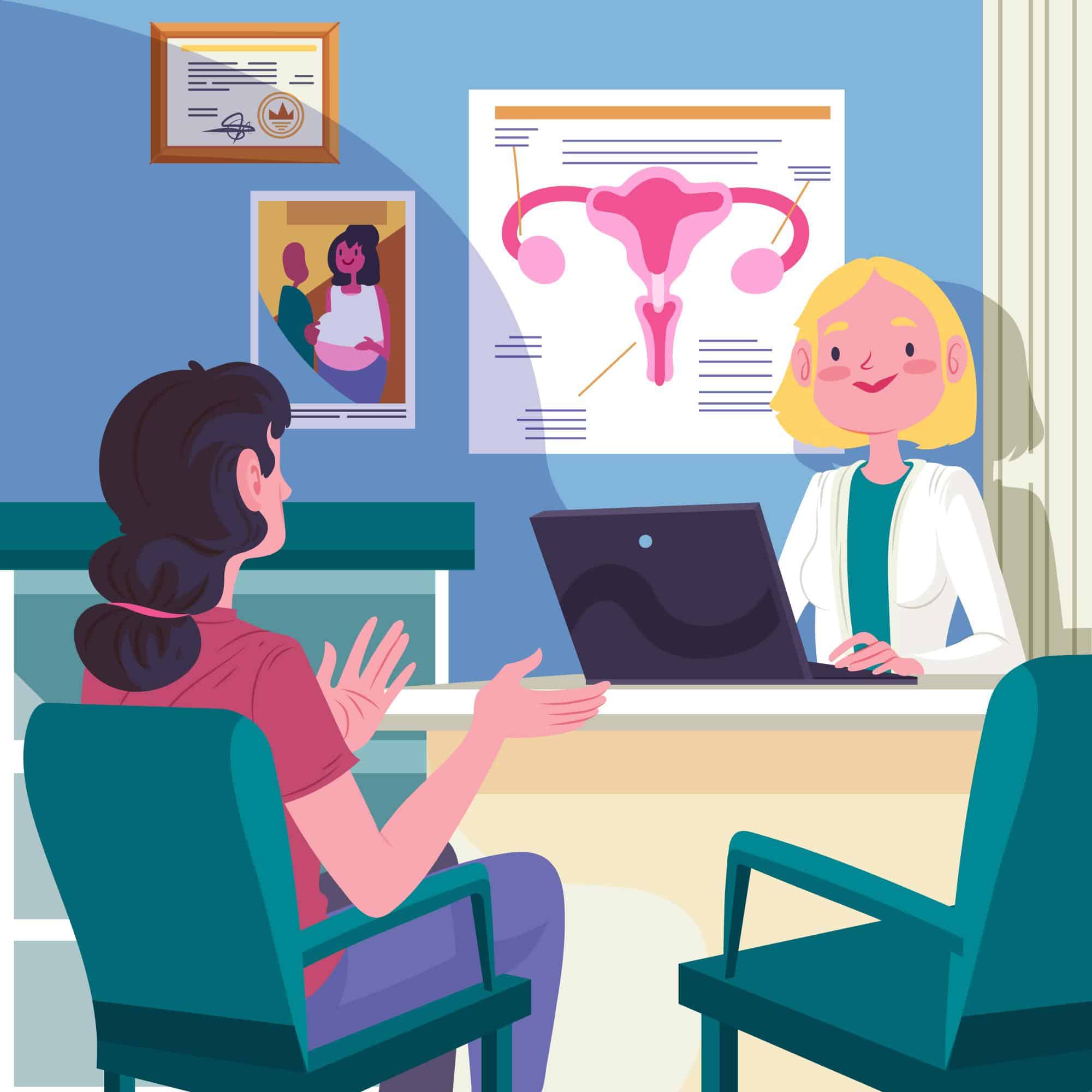Fertility clinics offer many solutions to couples struggling with infertility, and embryo adoption is one of them. This treatment option allows women and couples to experience pregnancy and childbirth and provide a loving home to a child. Here is more information about embryo adoption and how the process works.
What Is Embryo Adoption?
Embryo adoption is a form where prospective parents adopt an embryo created through in-vitro fertilization or IVF. Instead of discarding unused frozen seeds, a couple that has successfully undergone the IVF process can give their embryos to another couple. Like traditional adoption, the new parents take full legal and financial responsibility for the embryo. Unlike formal adoption, where a baby is adopted after birth, embryo adoption allows you to experience pregnancy and childbirth.
There are several reasons why couples may opt for embryo adoption. These reasons can include an untreatable problem with the sperm or eggs. Couples who choose this option may have undergone several unsuccessful IVF cycles and are looking for an alternative fertility treatment. Or, one or both partners may have a genetic condition they do not want to pass on to their children, so they choose to adopt an embryo with a different genetic makeup.
Steps Involved in the Embryo Adoption Process
1. Embryo Adoption Agency Selection
If you’re interested in adopting an embryo, the first step is finding a reputable agency to facilitate the process. Some fertility clinics provide comprehensive, in-house embryo adoption services, while others work with external agencies. The agency will provide candidates with information about the adoption process’s legal, medical, emotional, and financial aspects. Various agencies have different costs, procedures, and eligibility requirements. Take the time to research to find an agency that meets your needs and preferences.
2. Home Study
After choosing an agency and completing the necessary paperwork, the next step usually involves a home study. The agency will assign an adoption caseworker who visits you at home and interviews you and your partner about your family, lifestyle, and background. Since embryo adoption is a form of parenting, you must demonstrate your commitment to raising the child and providing a loving home. The agency professional will provide more in-depth information about the adoption process, equipping you with the knowledge to make informed decisions. They may also offer tips for raising your child and educating them about their adoption in the future.
3. Matching With an Embryo Donor
As a couple, you may have preferences for the donor’s age, lifestyle, religion, race, education level, and other traits. Donors may also have preferences for the families they’d like to provide embryos. The agency will assess these preferences and create profiles for the donors and adoptive families. Agency professionals then compare profiles that have similar preferences and inform both parties if there’s a potential match. If there’s a match and both parties agree, the adoption process can move to the next step.
4. Legal Aspects of Adoption
A legal adoption agreement helps govern the process and protects the rights of both parties. This agreement transfers the custody of the embryo from the donor to the adoptive parents, giving them total control over the pregnancy and the child’s rights after birth. In open embryo adoption, the parties maintain contact and share updates about the child’s health and development. This allows the child to grow up knowing their biological origin, giving them a stronger sense of identity. Closed adoption processes involve anonymity for both parties, meaning the donor and adoptive family don’t know each other’s identities.
5. Embryo Transfer
The embryo transfer process can begin once you have found a match and the legal agreement is finalized. This process involves preparing the women’s womb for implantation, which usually includes hormone injections to help the uterus lining thicken and become more receptive. The embryo is then thawed and placed in the uterus through a transfer catheter. After a successful transfer, the embryo implants into the uterine wall and can then develop into a full-grown baby.
6. Post-adoption Support
Adoptive parents can access emotional and practical support after the adoption. Adoption agencies may offer professional counseling services to help new parents cope with this new phase of life. Your agency may also connect you with families with similar circumstances, providing a platform to share experiences and get helpful advice. This post-adoption support system can help create a more successful adoption and parenting experience.
Fertility Clinics Can Help You Learn More About Embryo Adoption
Fertility clinics are excellent resources for learning more about embryo adoption. An experienced fertility specialist can answer your questions and give you more details about the procedure, including the costs and eligibility requirements. Their guidance can be invaluable when starting your adoption journey, helping you understand the process and make informed decisions. Visit a reputable fertility clinic and start your adoption journey with the help of trained professionals.




